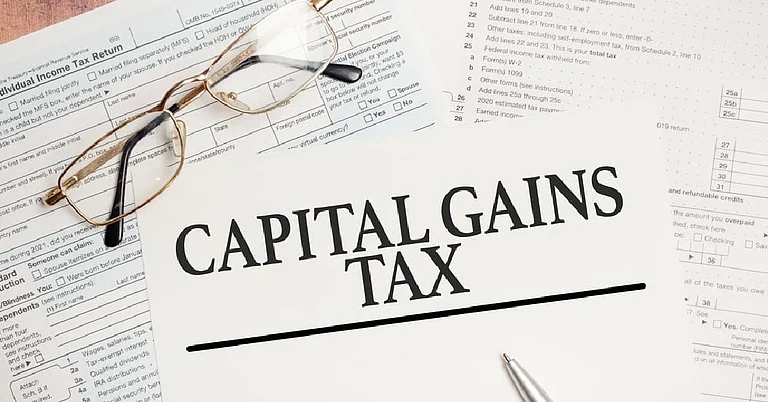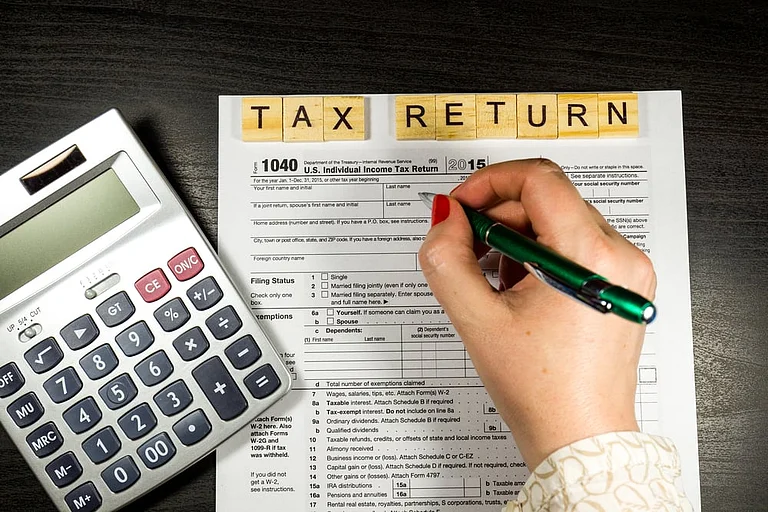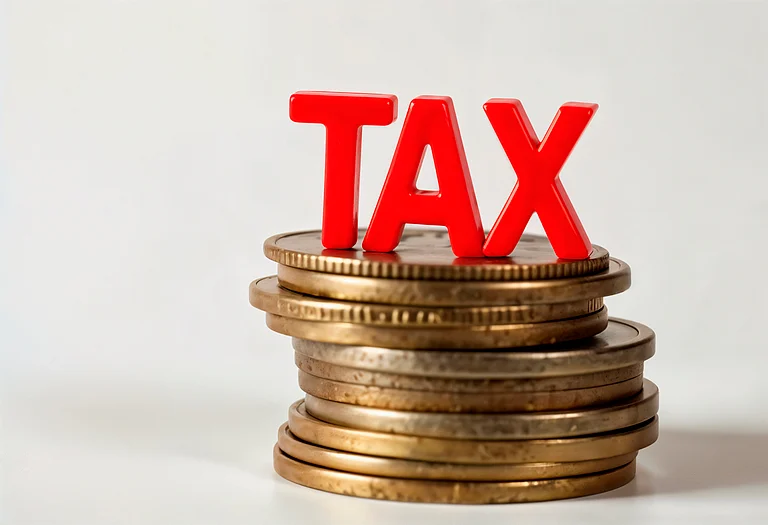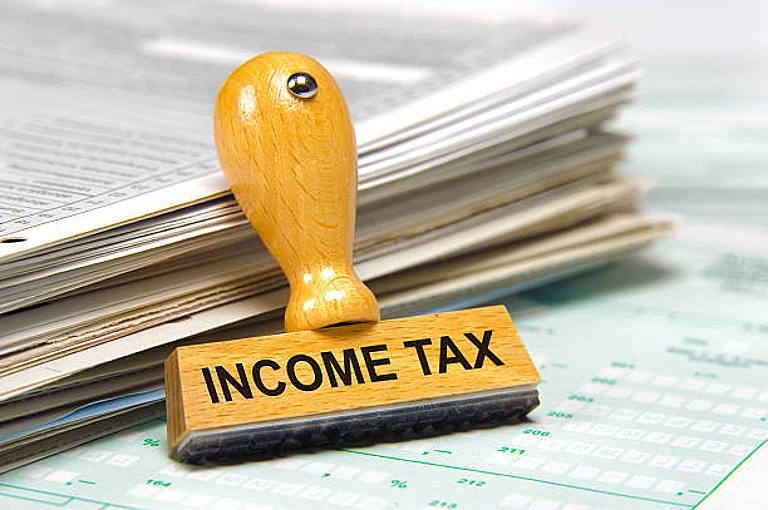As the financial year (FY) 2024-25 nears its close, it is time for salaried employees to prepare for their income tax return (ITR) filing for the upcoming assessment year (AY 2025-26). The ITR filing for AY 2025-26 will begin on April 1, 2025, wherein the taxpayers have the option to file it in both online and offline modes. Due to its efficiency and convenience, the online option is most suitable for those looking to file their returns themselves or even with the help of their tax experts.
With some time on your hands before the assessment year begins, let’s review some of the key changes and processes associated with ITR filing that you should know:
Is there anything new this year?
To trace any new developments that you should know for the upcoming AY, we’ll have to take a look at the changes introduced by the government in the Union Budget 2024.
Last year, the government announced some key changes in the New Tax Regime (NTR), which included revised tax slab rates, higher standard deduction, and changes for family pensions.
Here’s the updated tax bracket (under NTR) that you should consider for FY 2024-25;
Up to Rs 3 lakh: Nil
Rs 3-7 lakh: 5 per cent
Rs 7-10 lakh: 10 per cent
Rs 10-12 lakh: 15 per cent
Rs 12-15 lakh: 20 per cent
Above Rs 15 lakh: 30 per cent
Taxpayers should know that the government has made NTR the default tax regime. However, individuals can still opt for the old regime by filing Form 10-IEA.
Now, let’s look at the key tax benefits you should know about (Under NTR);
If your total income is up to Rs 7 lakh, you can get a tax rebate of Rs 25,000, which effectively makes your tax liability zero.
The salaried taxpayers can also avail a standard deduction of Rs 75,000. Last year, the government increased this deduction limit, up from Rs 50,000 to Rs 75,000.
Moreover, the deduction for family pension has also been raised from Rs 15,000 to Rs 25,000.
The deduction limit for employer contributions to the National Pension Scheme is 14 per cent for FY 2024-25.
With these changes and deductions, a salaried employee will be able to save up to Rs 17,500 in taxes under the new regime.
Tax Slabs Under Old Regime
No changes were made to the slabs under the old tax regime. The tax slabs are as follows;
Up to Rs 2.5 lakh: Nil
Rs 2.5 lakh to Rs 5 lakh: 5 per cent
Rs 5 lakh to Rs 10 lakh: 20 per cent
Above Rs 10 lakh: 30 per cent
Which ITR Forms To Choose?
Choosing the right ITR form is important for a smooth filing process. Here’s a list of ITR forms that you should review;
ITR-1 (Sahaj): For resident individuals earning up to Rs 50 lakh from salary, pension, or interest income. Not applicable for those with capital gains, business income, or foreign assets.
ITR-2: For individuals and Hindu Undivided Families (HUFs) with salary income, capital gains, multiple house properties, foreign assets, or agricultural income exceeding Rs 5,000.
ITR-3: For individuals and HUFs earning from a proprietary business or profession.
ITR-4 (Sugam): For individuals, HUFs, and firms opting for presumptive taxation with a total income not exceeding Rs 50 lakh (excluding those with foreign assets).
For businesses and other entities:
ITR-5: For partnership firms, LLPs, and associations.
ITR-6: For companies that do not claim tax exemptions under Section 11.
What are the due dates?
The deadline for filing ITRs for AY 2025-26 will vary for taxpayers based on the following parameters;
The deadline for individuals and entities who do not require an ‘audit’ is 31 July 2025. Businesses that require an audit can file their ITRs by 15 October 2025, while those who need transfer pricing reports have no later than 30 November 2025.
Meeting these deadlines is important to avoid penalties and ensure compliance with tax regulations. Late ITR filing can land you with a penalty of up to Rs 5,000 and delayed tax refunds.
After knowing these updates vis-a-vis tax benefits, users can e-file their ITRs by logging in to the Income Tax e-filing portal using their PAN/Aadhaar and password. Whether you have opted for the old or new tax regime, make sure you file your returns before the due date to stay tax-compliant and enjoy maximum savings.

















